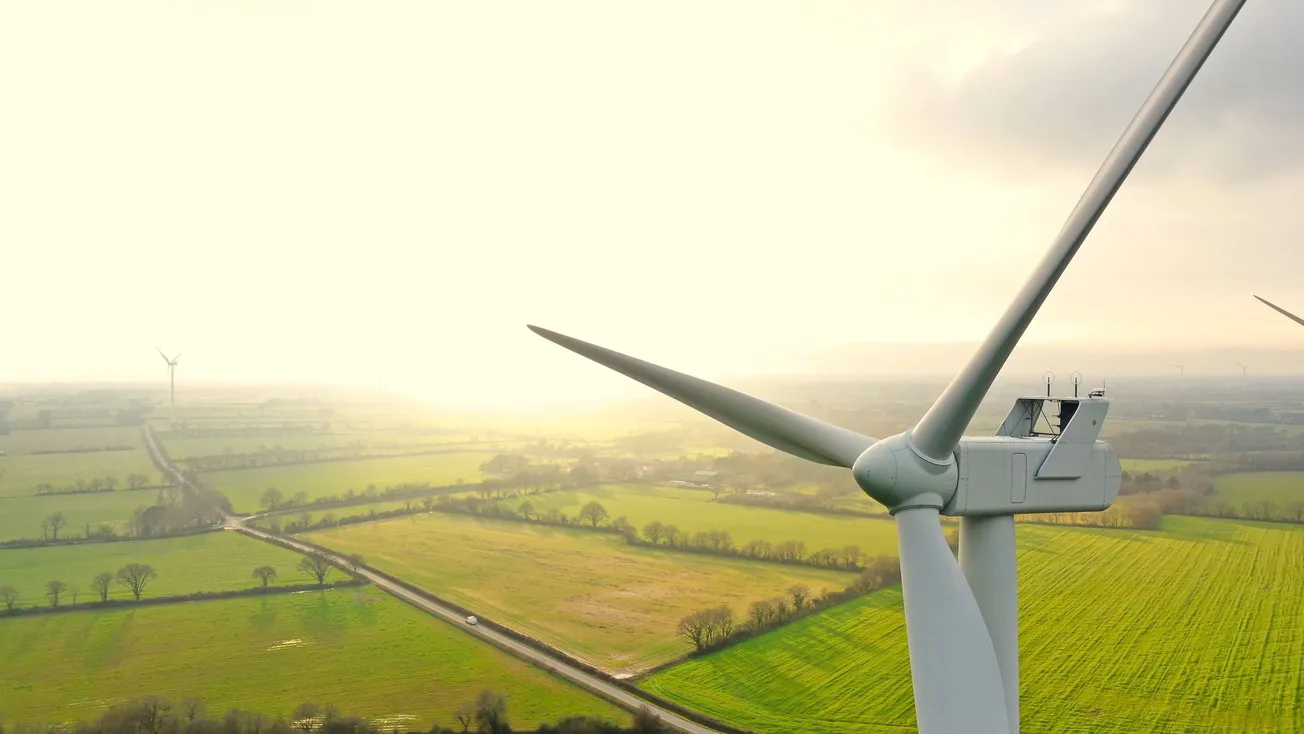Bonner Cohen, PhD
Bonner R Cohen is a senior fellow at the National Center for Public Policy Research, where he concentrates on energy, natural resources, and international relations. He also serves as a senior policy adviser with the Heartland Institute, senior policy analyst with the Committee for a Constructive Tomorrow, and as adjunct scholar at the Competitive Enterprise Institute.
The Biden administration’s headlong rush into renewable energy suffered a setback in early November when work on the $10 billion SunZia transmission project was temporarily halted after tribal leaders voiced concerns about the project’s impact on religious and cultural sites.
SunZia will funnel electricity produced by giant wind-power facilities in New Mexico via high-voltage transmission lines as far as 550 miles west to population centers in California. With much fanfare provided by Pattern Energy, the project’s developer, and Biden administration officials, ground was broken for the artery in September, but such was the anger of tribal leaders that federal land managers at the Interior Department suspended work on the project a few weeks later.
After bulldozers started clearing a 50-mile stretch in the San Pedro Valley for the transmission lines, the Tohono O’odham Nation asked for an immediate intervention by the feds before further damage was done. Other tribes in the Southwest, including the San Carlos Apache and the Zuni Pueblo, also aired their concerns.
In an Oct 31 letter to Interior Secretary Deb Haaland, Verlon Jose, chairman of the Tohono O’odham Nation, made no effort to hide his displeasure with the project.
“Places Having Exceptional Significance”
“We hope you will agree that bulldozers are poor tools for consultations or for treating places having exceptional significance in O’odham, Apache, and Zuni religion, culture, and history,” he wrote. The letter was accompanied by a photograph showing an area where desert scrub had been cleared in preparation for building pads for transmission line towers, along with hundreds of miles of access roads through a valley that tribal leaders and conservationists say is relatively untouched, the Associated Press reported.
For its part, Pattern Energy boasts that the SunZia project as an energy infrastructure project will be bigger than the Hoover Dam. That the renewable energy project – both the wind farms and the transmission lines – will be large to the point of being environmentally disruptive is without doubt. But therein lies a problem that will reach far beyond the tribal lands of the Southwest.
The heavily subsidized wind and solar facilities springing up around the country are predominantly located in sparsely populated rural areas. Getting the intermittent power generated there to grids serving more densely populated areas where electricity demand is high will require stringing up tens of thousands of miles of high-voltage power lines throughout the country. But that’s just the beginning. The Biden administration’s plans to blanket the country with charging stations for the millions of electric vehicles (EVs) in plans to force on the American public in the years to come will be fed by tens of thousands of miles of additional power lines.
Preview of Coming Attractions
Tribal resistance to renewable-energy powerlines in the Southwest provides a foretaste of what’s coming nationwide. High-voltage powerlines to serve hundreds of thousands of taxpayer-financed charging stations will crisscross residential neighborhoods, school yards, shopping areas, parks, playgrounds, forests, wetlands, and other environmentally sensitive areas. Public resistance to this intrusion – undertaken in the name of combatting climate change – will take the form of protests and lawsuits. It promises to be NIMBY on steroids’ throwing more than a few monkey wrenches into the White House’s timetable for the vaunted transition to “clean energy.”
The tribal uprising against land-based wind power in Arizona and New Mexico coincides with hard times that have suddenly befallen the once-high-flying offshore wind industry. No matter the size of the goodies governments throw at them, offshore wind developers – buffeted by supply-chain bottlenecks, high interest rates, and local resistance – have recently backed out of offshore wind projects in New Jersey, Connecticut, and Massachusetts.









